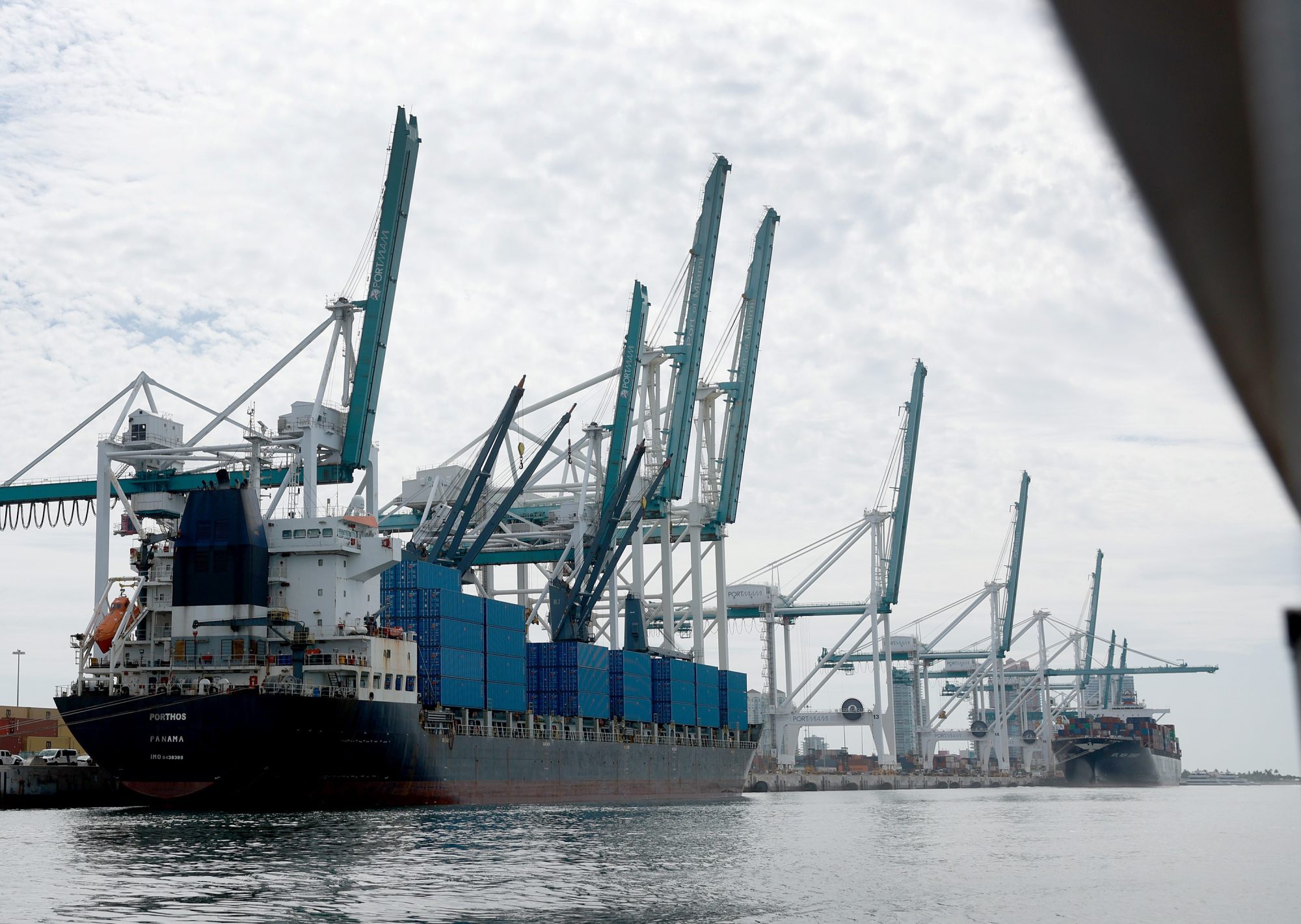
How geopolitics and Fed policies are putting US external sustainability at risk
- The US government has not had problems servicing its debt in the past as investment income has been positive for decades
- Amid rising global tensions and aggressive monetary tightening, though, it would be a mistake to take America’s external sustainability for granted
None of this has happened. Instead, the US current account deficit shrank, averaging 2.7 per cent from 2009 to 2021. More impressive, its investment income remained positive despite its massive net debt, meaning that debt servicing was never a problem for the US government.
Yet, the United States’ external sustainability is hardly a foregone conclusion. Its current account deficit has grown since 2020, reaching 3.6 per cent of GDP last year – its highest level since 2008. At the same time, its net foreign debt reached US$18 trillion, or 78 per cent of GDP.
In other words, if the US fails to stabilise its foreign-debt position at a reasonable level, the external sustainability question will return.
Why the US deficit is much larger than you think
How much danger are the US and the global economy facing? To answer that question, we must consider the four variables on which external sustainability depends: the gap between private saving and private investment; the size of the budget deficit; investment-income levels; and, the rate of GDP growth.
The savings glut might be set to decline. In the first quarter of 2022, US gross private saving and gross private domestic investment were up by 7.2 percentage points and 25 percentage points respectively, compared with the same quarter in 2020, meaning the gap between saving and investment has narrowed. In the relatively near term, savings might continue to decline, to the point where they exceed investment by less than 2 per cent of GDP.

The US budget deficit, by contrast, is set to keep growing. According to the Congressional Budget Office, the deficit-to-GDP ratio averaged 3.5 per cent annually during the past 50 years but 5.7 per cent from 2009 to 2019. While it should stand at 3.9 per cent this year, according to the CBO, it is on track to reach 6.1 per cent in 2032. It is thus safe to assume the US budget deficit will average 5 per cent of GDP annually in the next decade.
Based on its past record, one can assume that US investment income accounts for about 1 per cent of GDP. But, in recent months, the US has damaged its own financial credibility. This could contribute to a decline in America’s investment income.
Brace for impact of China’s infrastructure plan on top of Fed interest rate rises
Geopolitics might compound the challenges ahead. The US has avoided a balance-of-payments and currency crisis in the past largely because Asian central banks and oil-exporting countries have tirelessly purchased US government bonds and Treasury bills. But, amid rising geopolitical tensions, these buyers might decide to rethink their purchases.

